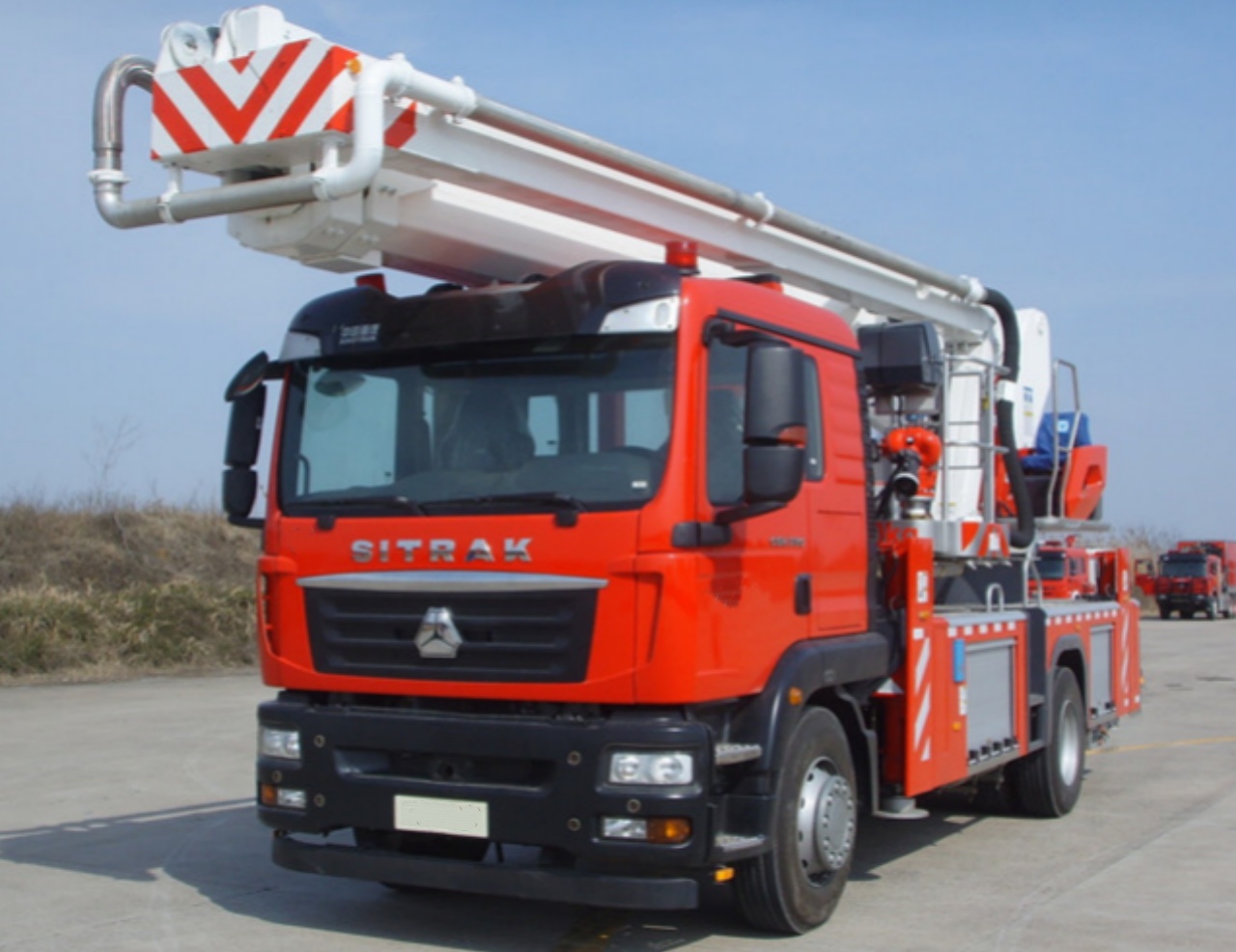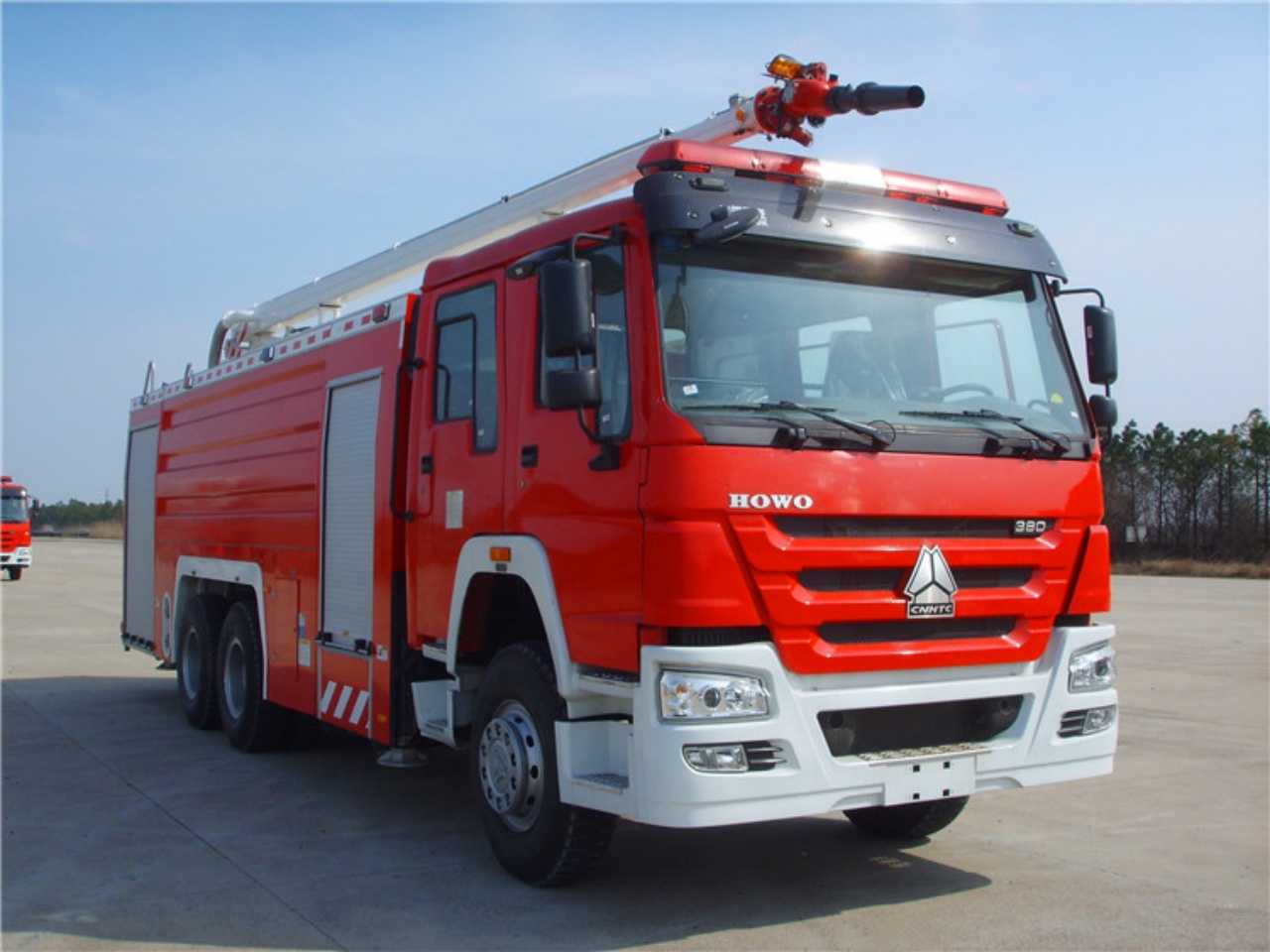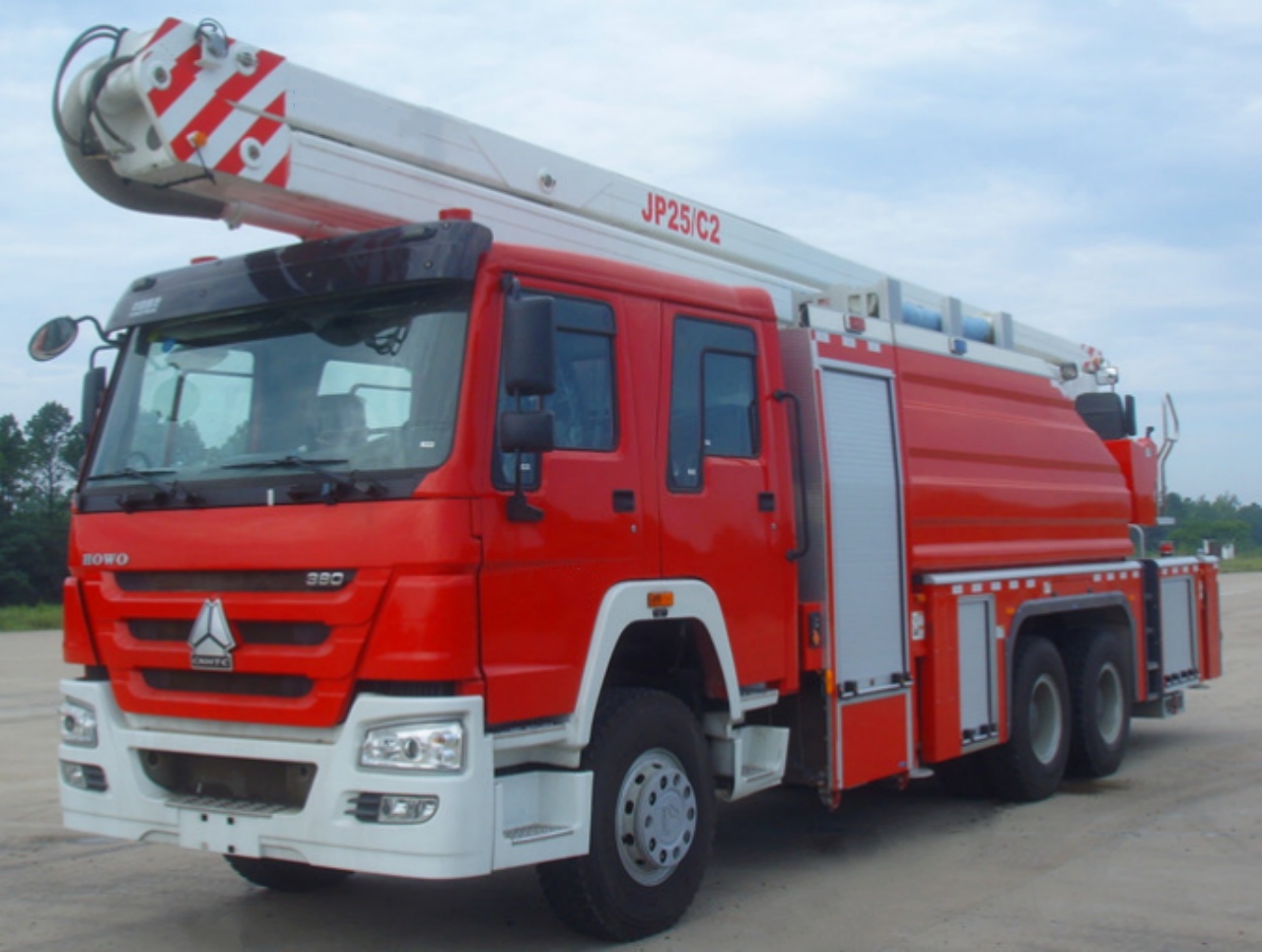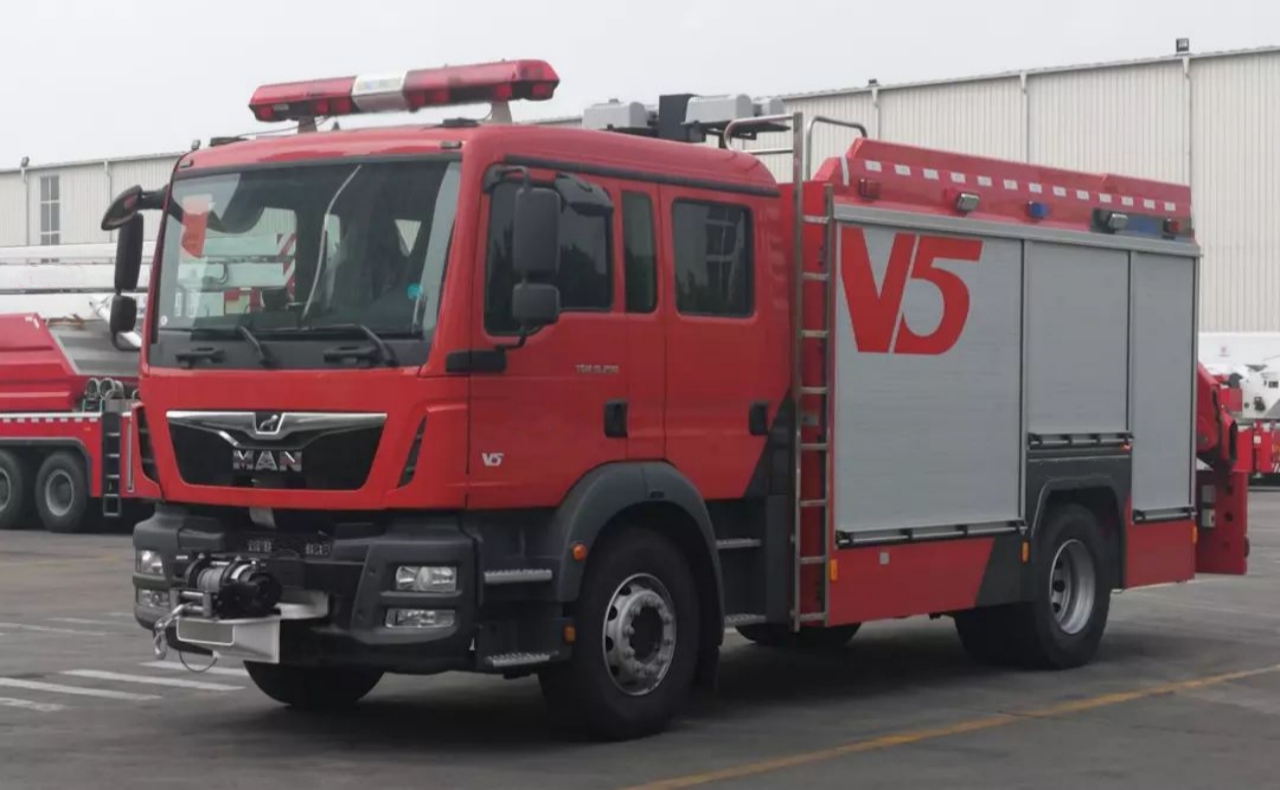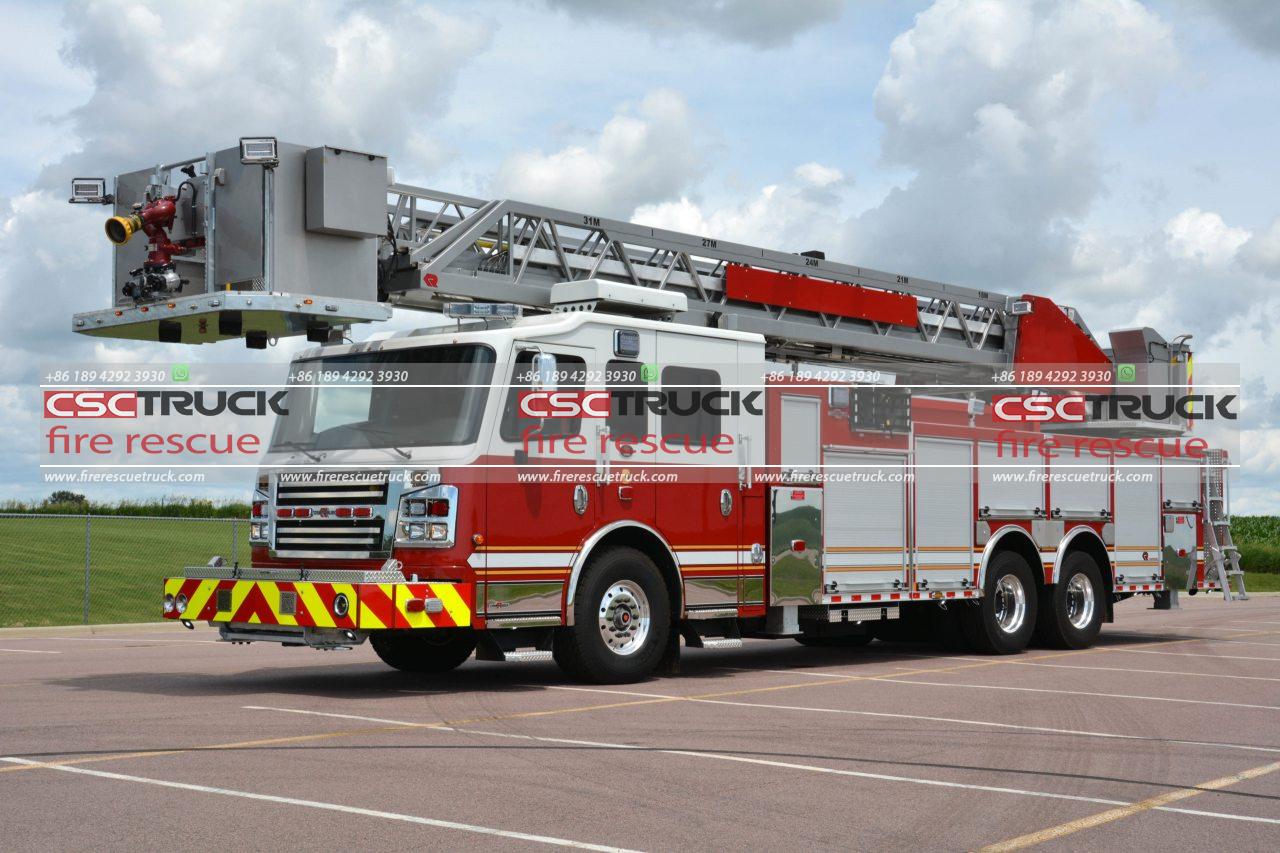When responding to a fire, one of the most crucial elements a fire truck brings to the scene, besides trained personnel and specialized equipment, is water. Whether extinguishing flames in a building, forest, vehicle, or industrial site, the ability to deliver water rapidly and in large quantities is essential. This is where the concept of flow capacity comes into play. Understanding the flow capacity of a fire truck provides insight into its firefighting power and its effectiveness in various emergencies. This article delves into what flow capacity is, how it is measured, the factors influencing it, and what it means for modern firefighting operations.
Defining Flow Capacity
In firefighting terms, flow capacity refers to the volume of water a fire truck can deliver over a given period, usually measured in gallons per minute (GPM) or liters per minute (LPM). It is essentially the output capability of the truck’s onboard pump, which draws water either from an internal tank or an external source such as a fire hydrant, reservoir, or natural water body.
Why Flow Capacity Matters
The amount of water delivered to a fire directly affects the speed and efficiency with which the fire can be extinguished. Too little water can result in the fire spreading, causing more damage and posing greater risks to human life. On the other hand, delivering water at the correct flow rate and pressure can quickly suppress flames, cool hotspots, and help prevent re-ignition.
The flow capacity of a fire truck is, therefore, a core performance metric. It influences decisions about which fire trucks are dispatched to a scene, especially in large or complex fires that require coordinated responses.
Typical Flow Capacities by Truck Type
Fire trucks come in various types, each designed for specific roles in firefighting and rescue operations. Here’s a breakdown of typical flow capacities:
- Pumper (Engine) Trucks
These are the most common fire trucks and are equipped with powerful water pumps.- Typical flow capacity: 750 to 2,000 GPM (2,840 to 7,570 LPM)
- These trucks usually carry 500 to 1,000 gallons (1,890 to 3,785 liters) of water onboard.
- They are often connected to a hydrant to maintain a continuous water supply during operations.
- Tanker (Tender) Trucks
Designed to transport large volumes of water, especially useful in rural areas without hydrants.- Flow capacity: Lower than pumper trucks, typically 250 to 1,000 GPM (950 to 3,785 LPM)
- Focused more on water delivery than on pumping power.
- Water capacity ranges from 1,000 to 5,000 gallons (3,785 to 18,927 liters).
- Aerial Ladder and Platform Trucks
While primarily used for high-access rescue and ventilation tasks, they can also deliver water via elevated nozzles.- Flow capacity: 500 to 2,000 GPM (1,890 to 7,570 LPM), depending on the waterway system and pump.
- Often integrated with a pumper truck for effective operation.
- Wildland Fire Engines
Designed for off-road mobility and rapid deployment in forested or rural areas.- Flow capacity: 50 to 250 GPM (190 to 950 LPM)
- Prioritize mobility and compact design over water volume or pump strength.
- Industrial or Airport Crash Tenders
Built for high-risk environments with large fuel loads or chemical hazards.- Flow capacity: Up to 3,000 GPM (11,350 LPM) or more
- Feature specialized high-capacity pumps and foam systems.
Key Components That Affect Flow Capacity
Several systems within the fire truck work in concert to determine its ultimate flow rate:
- Pump Type and Size: The heart of any fire truck’s water delivery system is its pump. Centrifugal pumps are most commonly used, with single-stage or multi-stage designs depending on the required pressure and flow.
- Water Source: Whether drawing from an onboard tank or external supply, the source’s availability and pressure will impact performance.
- Hose Diameter and Length: Larger-diameter hoses can carry more water, but longer hoses introduce friction loss, reducing flow rate.
- Nozzle Design: Nozzles are engineered to manage flow rate and spray pattern. A high-flow nozzle is essential for fighting larger fires but requires a matching pump and hose setup.
- Engine Power: The vehicle’s engine often powers the pump, so engine output directly impacts flow rate, especially under demanding conditions.
Measuring Flow Capacity
Flow capacity is tested under controlled conditions during truck manufacturing and certification. In North America, NFPA 1901 (National Fire Protection Association) standards specify performance criteria for automotive fire apparatus. Trucks must demonstrate that their pumps can sustain rated flow capacity for a set period—often 20 to 30 minutes—without overheating or pressure loss.
Fire departments may also perform annual pump tests, using a test pit or portable water tank, to verify that each truck maintains its rated flow and pressure under working conditions.
Flow Rate vs. Pressure
It’s important to note that flow capacity (GPM) and water pressure (measured in PSI or kPa) are interrelated but distinct. High flow with low pressure may not reach upper floors, while high pressure with low flow may be ineffective for extinguishing large fires. Firefighters must balance the two based on the fire’s size, location, and type of fuel involved.
Enhancing Flow Capacity
Modern fire trucks are designed with several features to boost or sustain flow capacity, including:
- Foam Systems: Mixing foam with water increases suppression efficiency and reduces water demand.
- Hydraulic Power Systems: These provide additional support for water delivery, particularly in aerial trucks.
- Dual-Stage Pumps: These allow switching between high pressure for elevation and high volume for ground-level firefighting.
Real-World Application
Consider a structure fire in a commercial building. The initial attack might require a flow of 500–1,000 GPM to suppress open flames. As the operation continues, multiple hose lines might be used, and aerial units may deliver water from above. In such scenarios, trucks with higher flow capacities—2,000 GPM or more—become invaluable. Mutual aid agreements may also bring in extra units to supply additional water or a relay pump from a distant source.
Conclusion
The flow capacity of a fire truck is a defining characteristic that affects its performance in every fireground scenario. Whether it’s a 750 GPM pumper in a suburban neighborhood or a 3,000 GPM airport crash tender, the truck’s ability to move water swiftly and efficiently is central to saving lives, protecting property, and controlling dangerous situations. For fire departments, understanding and optimizing flow capacity isn’t just a technical consideration—it’s a lifesaving imperative.
